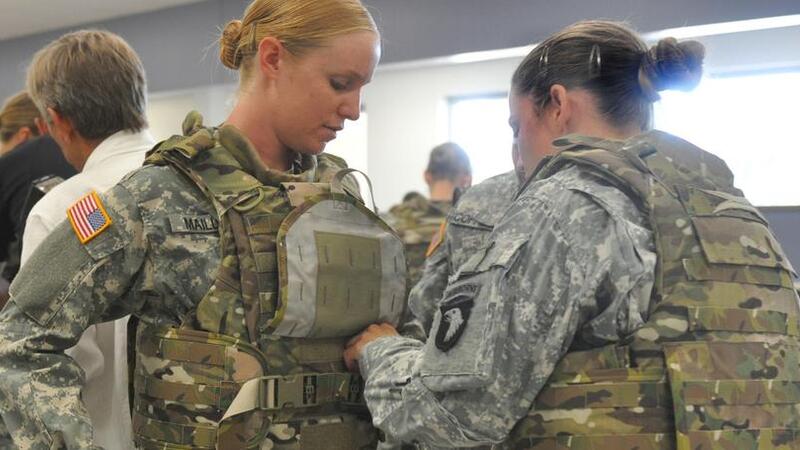Body armor plays a pivotal role in ensuring the safety and security of personnel in various sectors, including law enforcement, military, and homeland security. In the context of homeland security, the challenges faced and the innovative solutions developed to address them are critical topics of discussion.
This article delves into the multifaceted role of body armor in homeland security, examining the challenges encountered and the innovative approaches adopted to enhance protection for those serving in this vital sector. Additionally, our website offers a variety of body armor for sale, providing individuals in need with access to essential protective gear.
Understanding Homeland Security Needs
Homeland security encompasses a broad spectrum of responsibilities aimed at safeguarding a nation against various threats, including terrorism, natural disasters, and other emergencies. Within this framework, the protection of personnel involved in homeland security operations is of paramount importance. Body armor serves as a crucial line of defense for law enforcement officers, first responders, border patrol agents, and other security personnel tasked with maintaining the nation’s safety and security.
Challenges in Body Armor Deployment
Despite advancements in body armor technology, several challenges persist in its deployment within the realm of homeland security. One significant challenge is the need for body armor that offers protection against a diverse range of threats while ensuring comfort and mobility for the wearer. Balancing these requirements is essential to ensure that personnel can perform their duties effectively without compromising their safety or operational effectiveness.
Another challenge is the evolving nature of threats faced by homeland security personnel. As tactics used by adversaries continue to evolve, body armor must adapt to mitigate emerging threats effectively. This requires ongoing research and development efforts to stay ahead of potential risks and vulnerabilities.
Additionally, the cost associated with acquiring and maintaining body armor presents a challenge for many homeland security agencies, particularly those operating within constrained budgets. Ensuring access to high-quality protective gear while managing costs effectively is a persistent challenge that requires innovative solutions.
Innovations in Body Armor Technology
In response to the challenges faced in deploying body armor for homeland security purposes, significant innovations have emerged in recent years. These innovations span various aspects of body armor design, materials, and manufacturing processes, aiming to enhance protection, comfort, and durability for wearers.
One area of innovation is the development of lightweight materials that offer advanced ballistic protection without sacrificing mobility or comfort. Materials such as ultra-high-molecular-weight polyethylene (UHMWPE) and advanced ceramics have revolutionized the design of body armor, making it more wearable for extended periods without causing fatigue or restricting movement.
Another innovation lies in the integration of technology into body armor systems. Smart textiles and wearable sensors can provide real-time feedback on the status of the wearer and the integrity of the armor, enabling proactive maintenance and ensuring optimal performance in the field.
Furthermore, advancements in additive manufacturing techniques, such as 3D printing, have facilitated the production of customized body armor solutions tailored to the specific needs of individual users. This customization enhances comfort and fit while maximizing protection against potential threats.
Collaborative Approaches to Addressing Challenges
Addressing the challenges associated with body armor deployment in homeland security requires collaborative efforts involving government agencies, industry stakeholders, research institutions, and end-users. By fostering partnerships and knowledge-sharing initiatives, stakeholders can leverage collective expertise and resources to develop innovative solutions that meet the evolving needs of homeland security personnel.
Public-private partnerships play a crucial role in driving innovation and accelerating the adoption of new technologies in the field of body armor. Government agencies can collaborate with industry partners to fund research and development projects aimed at addressing priority areas, such as lightweight materials, advanced protection systems, and ergonomic designs.
Moreover, collaboration with academic and research institutions enables access to cutting-edge expertise and facilities for testing and validation of new body armor technologies. By leveraging the latest scientific advancements, stakeholders can ensure that body armor solutions meet rigorous standards for performance, reliability, and safety.
Conclusion
In conclusion, body armor plays a vital role in homeland security by providing essential protection for personnel engaged in safeguarding the nation against various threats. Despite the challenges associated with its deployment, significant innovations have emerged to enhance the effectiveness and usability of body armor in homeland security operations.
By addressing challenges such as the need for versatile protection, evolving threats, and cost constraints through collaborative approaches and technological innovation, stakeholders can ensure that homeland security personnel are equipped with the best possible protective gear to carry out their duties safely and effectively. As threats continue to evolve, ongoing investment in research, development, and collaboration will remain essential to stay ahead of emerging risks and vulnerabilities.
